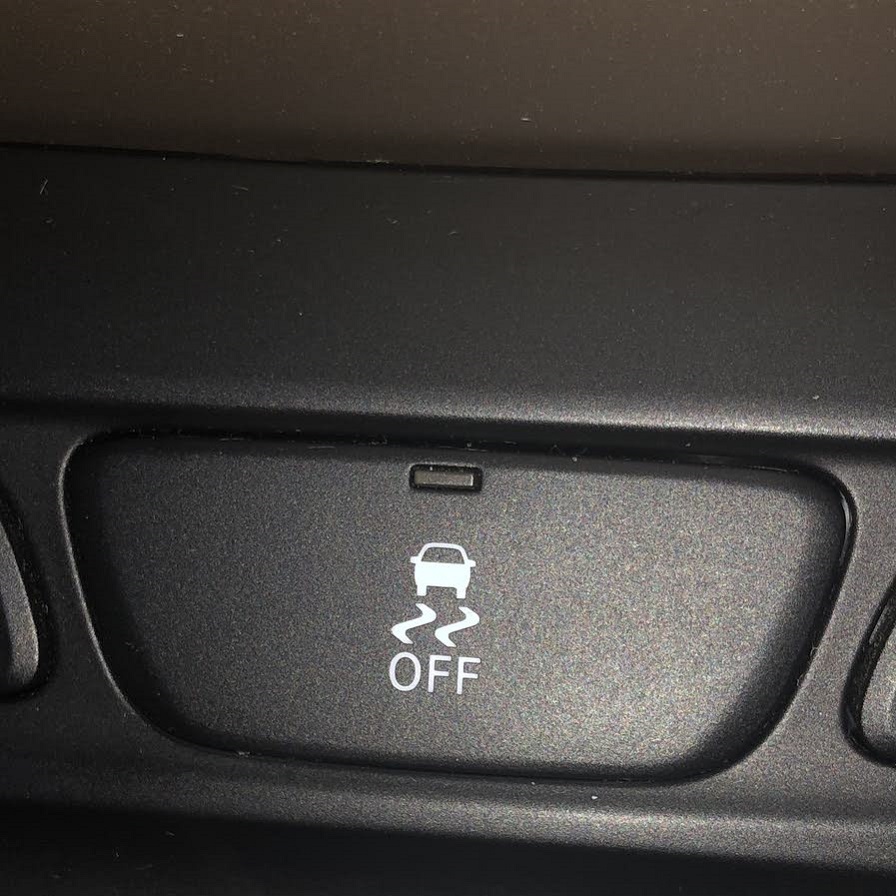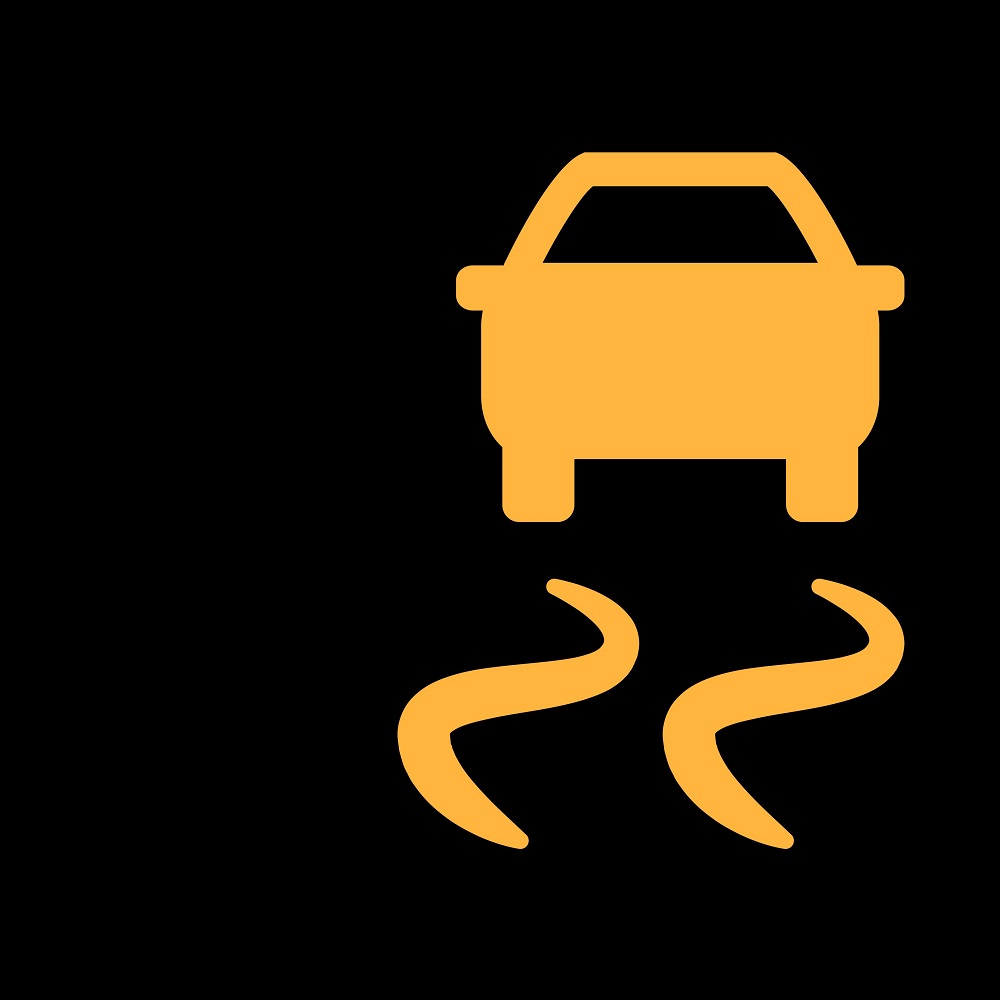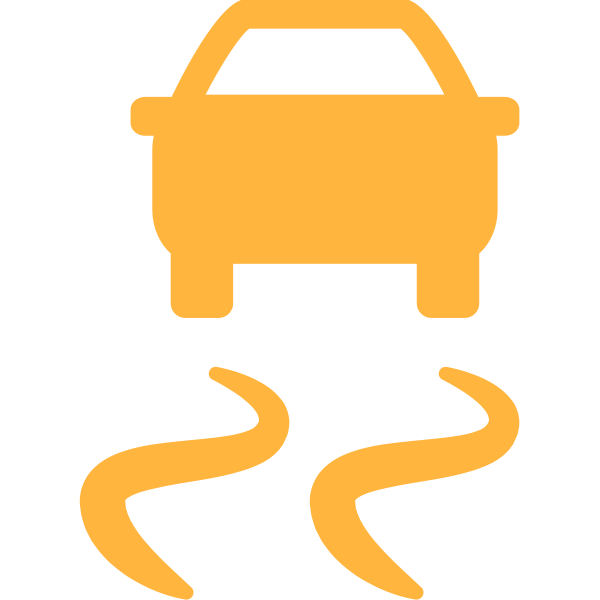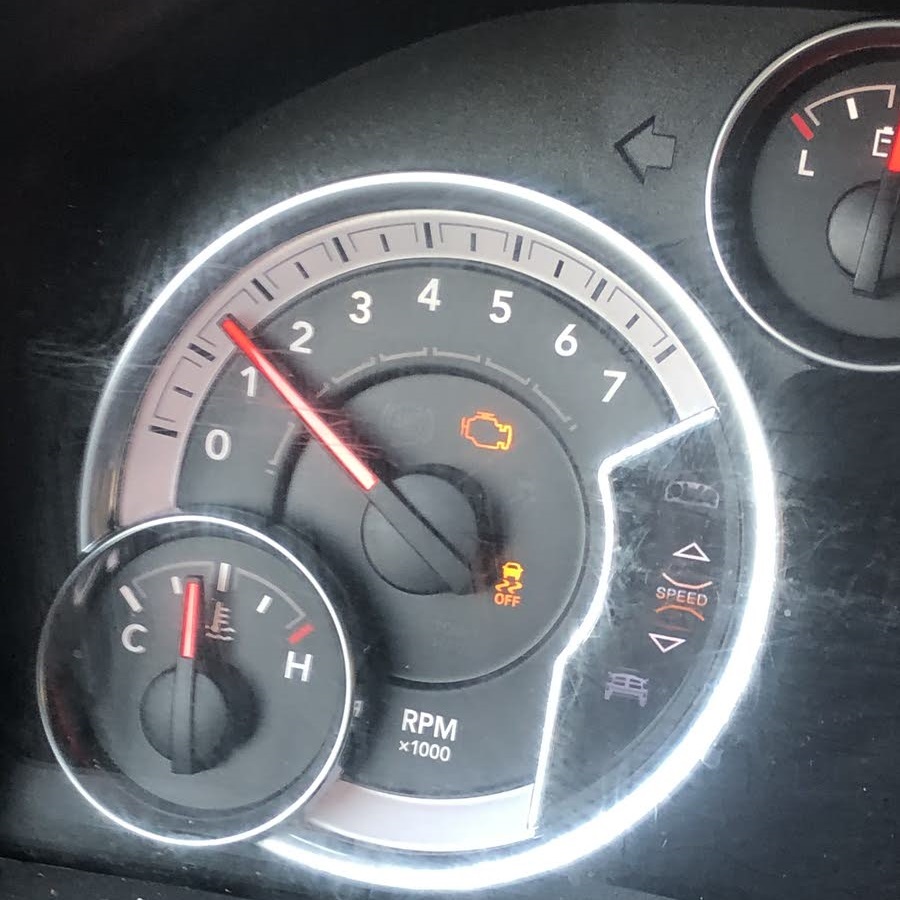The Meaning Behind the Traction-Control Light
Understanding the traction-control light is key to maintaining safe driving conditions. This light, which may display as ‘TC’ or show a car with squiggly lines, monitors your vehicle’s grip on the road. When you see this light, it means your car’s system is actively working to prevent wheels from losing traction. Essentially, it shifts power from a slipping tire to others with better grip.
This alert is your car’s way of communicating with you. If the light flickers during bad weather, it’s a sign that the system is engaged as it should be. However, if the light comes on in good weather or stays lit, it could indicate a problem. It might be a faulty wheel-speed sensor or an issue with the system’s computer. If the light blinks, it’s even more urgent; your traction control may not be fully functional. A continuous light without blinking could mean the system is turned off. You may drive carefully in good weather, but on slippery roads, a functional traction control is crucial.
Remember the role of this light – it’s a guardian against potential skids or hydroplaning. It’s an advanced warning to take extra care or to seek a mechanic’s help if something is amiss. Pay attention to this light, just as you would the check-engine light or oil-change reminder, to ensure you stay safe on the road.

Common Causes for the Traction-Control Light to Illuminate
When your car’s traction light comes on, it’s warning you of certain issues. The causes can vary. Here are the common ones you need to know about:
- Faulty Wheel-Speed Sensors: These sensors detect wheel speed. If they fail, your car’s computer gets the wrong info. This throws off traction control.
- System Computer Problems: The traction-control system has its own computer. Problems here can light up the TC indicator.
- Wiring Issues: Damaged or corroded wires can cause false signals. These may turn on your traction light.
- Tires with Uneven Wear: If your tires wear unevenly, traction can suffer. This may trigger the light.
- Loss of Tire Pressure: Low pressure affects grip. The system senses this and activates the light.
- Worn Tires: Old tires don’t grip well. This lack of traction can set off the alert.
- Deactivated System: Sometimes the system is off. This could be manual or due to a glitch.
- Dirty Sensors: Mud or debris can block sensors. This might cause the traction light to come on.
When the traction light is on, it’s a cue to check these areas. Do this before your car’s handling suffers. Stay safe and manage these issues swiftly. Your traction-control system is vital for road grip, especially in bad weather. Ignoring the light could put you at risk.
Weather Conditions and the Traction-Control Light
The traction-control (TC) light plays a critical role when weather conditions worsen. Here’s how weather impacts the TC system:
- In rain: The TC light might flicker as the system works to maintain grip.
- On ice: It signals the system is active, preventing wheels from skidding.
- During snowfall: The light’s activity indicates the TC is ensuring tire traction.
In essence, a lit or flashing TC light during adverse weather usually means your car is striving to keep a firm hold on slippery surfaces. A traction light on the car in these conditions is often a sign that the system is doing its job.
But if your TC light stays on in clear weather, you need to take notice. This could highlight a problem unrelated to road conditions. A steady light without any weather-related challenges could point to a deactivation or fault within the system. In such cases, the smart move is to get your car inspected. Traction on clear roads may not be an immediate concern, but readiness for a sudden change in weather is essential for safety.
Remember, the TC light is a tool to help you gauge and respond to both your car’s condition and the challenges presented by the weather. Never ignore your car’s traction light; it’s a vital warning sign designed to keep you safe on the road.
Steps to Take When the Traction-Control Light Comes On
When the traction light on your car illuminates, it’s crucial to take specific steps to ensure your safety and address the potential issues. Here are some actions you should consider:
- Pull Over Safely: Find a secure spot to stop your car. Check your vehicle’s surroundings and hazards.
- Restart Your Vehicle: Sometimes, a simple restart can reset the car’s systems. Try this first before you panic.
- Check the Weather: If it’s raining, snowing, or icy, the light might just mean the TC is active. This is normal.
- Inspect Tires: Look for signs of uneven wear or low pressure. Poor tire condition can trigger the light.
- Look for Warning Lights: If other lights are on, like the ABS or brake light, seek help right away.
- Drive to a Mechanic: If the light stays on, gently drive to a repair shop. Avoid sudden moves which can cause slipping.
- Tow Your Car: If there are additional warning lights or if the car’s behavior feels off, it’s best to tow your vehicle to a mechanic.
These steps can help identify and possibly solve the issue signaled by the traction-control light. Tend to your car’s signals promptly to ensure a smooth and safe driving experience.
The Importance of Addressing a Faulty Traction-Control Light
Addressing a faulty traction-control light on your car is critical for several reasons:
- Safety: The traction-control system helps prevent tire slip. A functioning system is crucial for safe driving, especially in poor conditions.
- Preventing Damage: Ignoring the light could mean overlooking an issue that may cause further damage to your vehicle’s systems.
- Maintaining Control: With correct traction control, your car handles better. This means you can steer more effectively in all conditions.
- Avoiding Costly Repairs: Early detection and repair of any traction issues can prevent more extensive, expensive problems down the road.
- Compliance with Vehicle Laws: Ensuring your car’s traction control is operational may be a legal requirement for road safety in certain regions.
If you see the traction light on your car, don’t wait. Get it checked. Even in clear weather, a faulty light could indicate an underlying problem. Address it swiftly to stay safe on your drives.
What to Do If the Traction-Control Light Stays On
When the traction light on your car stays on, it’s a signal to act. Here’s what to do:
- Don’t Panic: Stay calm. A lit traction light does not always mean immediate danger.
- Check the Vehicle Manual: Look up what the light means for your specific car model.
- Examine the Road Condition: If you’re not in bad weather, the light might indicate a fault.
- Avoid Sudden Movements: Drive gently to prevent skidding or losing grip, especially if the road is wet or icy.
- Turn Off and Restart the Car: Sometimes, this can reset the system and extinguish the light.
- Inspect the Tires: Make sure they are properly inflated and do not show excessive wear.
- Seek Professional Help: If the light remains on, visit a mechanic to diagnose and correct the issue.
Dealing with a traction light that stays on is about being methodical and cautious. It’s also about not dismissing this important sign. Whether it’s a simple reset or a trip to the mechanic, the right response could keep you safe and prevent more serious car troubles.
Additional Dashboard Warning Lights to Heed
Beyond the traction-control light, your car’s dashboard can show other critical warnings. Heed these:
- Check-Engine Light: Signals engine issues. Get it checked right away.
- Oil Pressure Light: Means low oil pressure. Stop driving and address immediately.
- Temperature Warning Light: Your car might be overheating. Let it cool down, then seek help.
- Battery Alert: The battery could be failing. Technical attention is needed.
- Brake System Light: Possible brake system problems. Visit a mechanic soon.
These lights are not just indicators; they’re warnings. Ignoring them can lead to car damage or danger on the road. Acts fast when they light up. Your safety and that of others depend on it. Recognizing and acting on these alerts help maintain your car and ensure your trips are safe.
The Risks of Ignoring Your Car?s Dashboard Lights
Ignoring your car’s dashboard lights can lead to serious consequences. These warning signals are your vehicle’s way of communicating potential issues and should not be overlooked. Here are the key risks of ignoring such alerts:
- Increased Safety Hazards: A lit traction-control light might mean your car’s ability to grip the road is compromised. This can increase the risk of accidents, especially in bad weather.
- Further Vehicle Damage: Not addressing a warning light promptly may lead to more damage. It could affect other car parts, leading to expensive repairs.
- Loss of Vehicle Control: Traction issues can cause poor handling. This makes driving and steering much harder, especially in emergency situations.
- Legal Ramifications: Driving with certain dysfunctional systems like traction control may be against vehicle codes. You could face fines or penalties.
- High Repair Costs: Minor issues can escalate if ignored, resulting in higher costs when you finally do get repairs.
- Breakdown Risk: Ignoring dashboard lights like the traction-control light increases the chance of a breakdown. This could leave you stranded on the road.
- Invalidated Warranty: If you neglect these alerts and something goes wrong, it might void your warranty.
Always take your car’s dashboard lights seriously. They’re not just suggestions; they’re essential warnings that keep you safe and your car in good working order. When you see the traction light on your car or any other dashboard alert, act quickly to diagnose and fix the issue.


